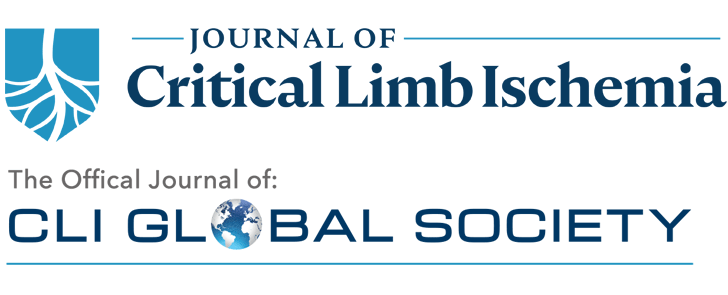June 2025
Peripheral arterial disease is a growing global burden, with chronic limb-threatening ischemia (CLTI), its most advanced stage, associated with high morbidity, mortality, and economic costs. While randomized controlled trials are the gold standard for evaluating treatment strategies, their external validity is often limited by strict inclusion criteria that exclude complex, real-world patients with CLTI. This review underscores the need for evidence-based pathways tailored to real-world CLTI populations.
Wound care is a complex but essential skill for any vascular specialist. This review discusses how to evaluate the underlying causes of chronic wounds and how to characterize a wound during initial workup, and provides an overview of holistic wound care treatment including the use of dressings, skin substitutes, and risk factor optimization. Caring for arterial, venous, and diabetic wounds is specifically reviewed in further detail.
Chronic limb-threatening ischemia is a significant source of morbidity, amputation, and mortality. Although many patients are candidates for endovascular or surgical bypass therapies, an increasing number of patients are not amenable to these procedures. Percutaneous lumbar sympathectomy is a minimally invasive procedure that has been associated with improvements in patients’ pain and ulcer healing. This report describes a case of computed tomography-guided lumbar sympathectomy for palliative treatment of severe rest pain in a patient who was not a candidate for either open or endovascular treatments, which resulted in successful palliation of the patient’s symptoms.

